Kim Manley Ort's Blog, page 15
December 21, 2016
My Number One Hero – Frederick Franck
During December, I’m revisiting older posts to introduce you to some of my mentors in seeing. Frederick Franck is the mentor introduced in the Connect section of my new book, Adventures in Seeing: How the Camera Teaches You to Pause, Focus, and Connect with Life. Enjoy!
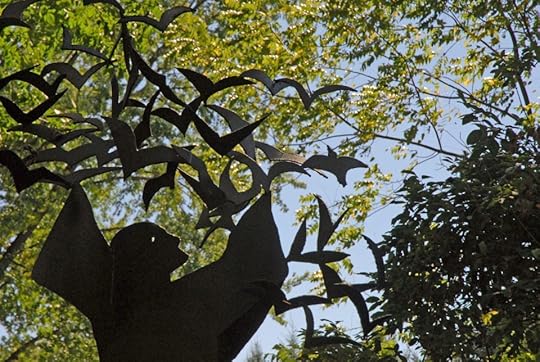
St. Francis Sculpture by Frederick Franck
I first learned of the artist Frederick Franck in one of those serendipitous ways that I love so much; while taking a drawing class. We were following the exercises in a classic boo...
December 14, 2016
Meet Thomas Merton – Monk, Mystic, Poet
During December, I’m revisiting older posts to introduce you to some of my mentors in seeing. Thomas Merton is the mentor introduced in the Focus section of my new book, Adventures in Seeing: How the Camera Teaches You to Pause, Focus, and Connect with Life. Enjoy!
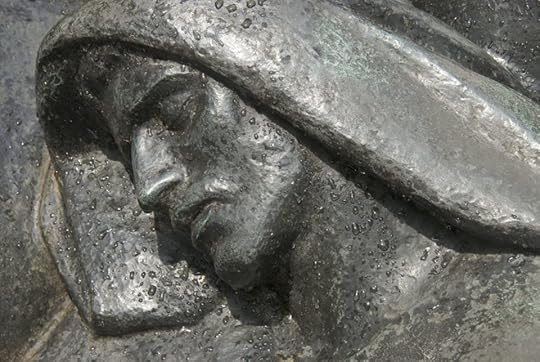 Statue at the Abbey of Gethsemani
Statue at the Abbey of Gethsemani
Thomas Merton was a Trappist monk, a prolific author, a lover of solitude, yet deeply connected with the world. I resonate deeply with his reverence for nature, love for photography, and openness...
December 7, 2016
A New Mentor in William Christenberry
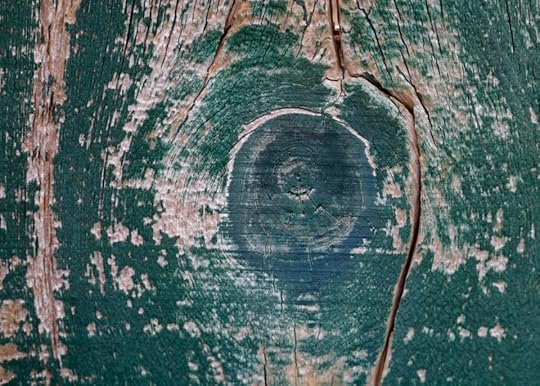
Last week, I introduced you to Tara Brach, my mentor in seeing and pausing. I’ll share more of these mentors throughout the month. I learned about each of them in some accidental, surprising way. Something about them clicked with me and I wanted to learn more.
This happened again last week, when I learned of the death of photographer/artist William Christenberry. I’d heard the name before but didn’t know much about him. After reading a couple of pieces, I wanted to know more. Several videos...
December 2, 2016
Worldwide Adventures in Seeing Weekend
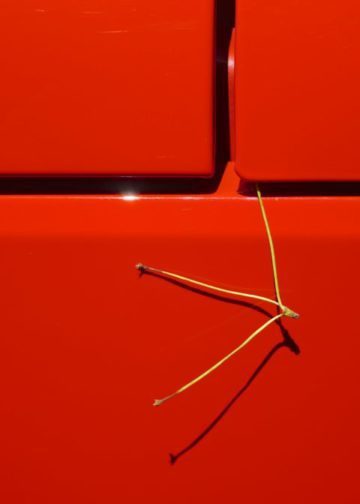 Please join me this weekend to celebrate the launch of my new book. Post your own adventure in seeing on your social media platform of choice. Use the hashtag #adventuresinseeingweekend so that we can find you.
Please join me this weekend to celebrate the launch of my new book. Post your own adventure in seeing on your social media platform of choice. Use the hashtag #adventuresinseeingweekend so that we can find you.
Anything that is unexpected, surprising, or that you view from a new perspective, as if seen for the first time. Something that delights you. Go for a walk and be open to the unexpected. Or, spend the day noticing light in your home or wherever you are....
November 30, 2016
10 Lessons from Tara Brach’s Radical Acceptance
For the next few weeks, I’ll be revisiting some older posts to introduce you to some of my mentors in seeing. Enjoy!
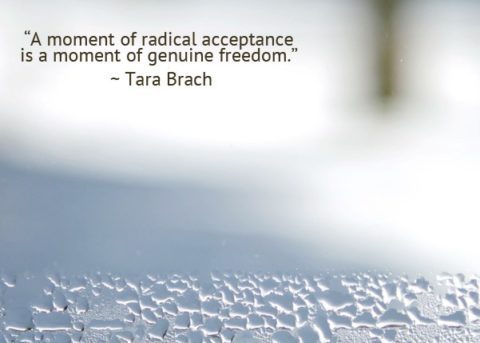 The book, Radical Acceptanceby Tara Brach, is one book that made a huge impact on me and this is why Brach is one of my mentors in seeing.
The book, Radical Acceptanceby Tara Brach, is one book that made a huge impact on me and this is why Brach is one of my mentors in seeing.
Acceptance is one of the nine contemplative habits explored in the Adventures in Seeingbook. Acceptance of whatever comes in life is not easy. It’s counter cultural (in the west especially) to embrace our fears, our negative qualities, dis...
November 23, 2016
5 Pivotal Photography Books

I was intrigued when I saw this article, 5 Photography Books from My Shelf, by Dylan Goldby over at f-stoppers. Three of the five are familiar to me and I’m particularly curious about “Belgrade Belongs to Me” by Boogie. That’s why I like these lists. They tell me a little about the person posting the list and they introduce me to books of which I’m not yet aware.
This made me think about which five I would pull from my shelf. As you probably know, I’ve just self-published my own book, which...
November 16, 2016
What is Seeing?
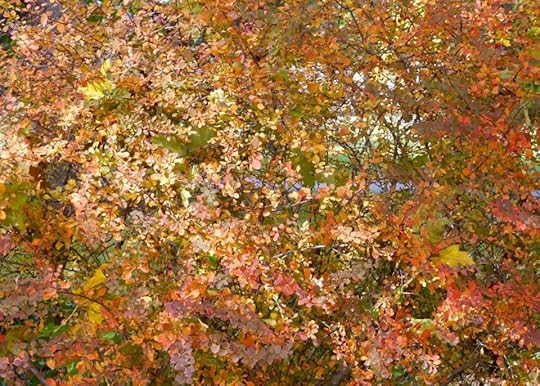
“Seeing is when awareness and attention become constant and undivided, become contemplation. Seeing is not a self-indulgence, a “pleasant hobby,” but a discipline of awareness of unwavering attention to a world which is fully alive. It is not the pursuit of happiness but stopping the pursuit and experiencing the awareness, the happiness of being ALL THERE. This eye is the lens of the heart, open to the world.” ~ Frederick Franck
Writer and artist, Frederick Franck, spent his life exploring the question, “What does it mean to be human?” Do you have a question that is at the centre of your life? Mine is “What does it mean to see?”
I speak about this topic here often. And, some of you may be wondering what’s the big deal? Don’t we all see? In this post, I’ll share what some of my mentors in seeing have to say about the subject and then synthesize them into one definition.
Seeing Quotes
It turns out that Frederick Franck also wrote a classic book called The Zen of Seeing. He said,
“To see is our true nature. To see is not to grasp a thing, a being, but to be grasped by it. It is that specifically human capacity that opens one up to empathy, to have compassion with all that lives and dies.”
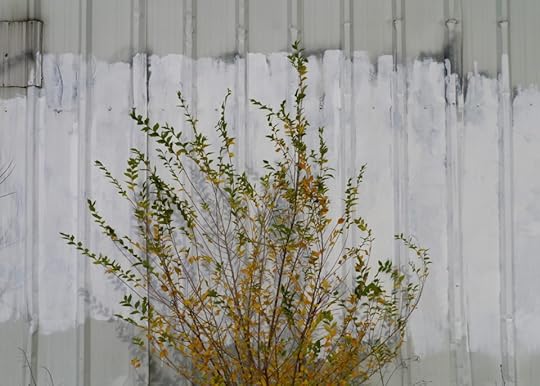
Seeing is that moment of connection. There is no grasping or wanting anything or anyone to be different than they are in that moment. We see what is, no matter what we might think about it.
Contemplative monk, Thomas Merton, was considered a master of attention through contemplation. He said,
“There are degrees of attention: the glance, the cursory look, the look, the long look (self-forgetting, therefore contemplative).” ~ Thomas Merton, Master of Attention

I think we all know these different levels of attention, whether directed at us or directed outwards. So often, we only take a quick glance or cursory look before moving on. What would we see if we took more long, loving looks?
Canadian photographer Freeman Patterson wrote a book called The Art of Seeing. And, it is an art.
“Seeing, in the finest and broadest sense, means using your senses, your intellect, and your emotions. It means encountering your subject matter with your whole being. It means looking beyond the labels of things and discovering the remarkable world around you.”
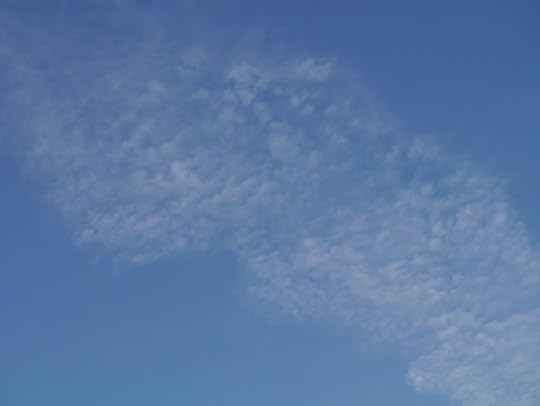
With this kind of seeing, we have what’s called “beginner’s mind.” It’s seeing something freshly, as if for the first time. Any pre-conceived notions disappear. We experience life with our whole being.
Finally, photographer Dorothea Lange believed that the camera could teach us how to see. She says,
“Seeing is more than a physiological phenomenon… We see not only with our eyes but with all that we are and all that our culture is. The artist is a professional see-er.” ~ via Brainy Quote
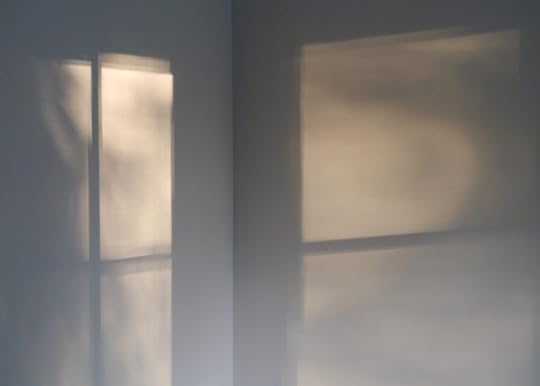
We see through the lens of our own experiences, yet also through our culture, and hopefully imagine how others might see it differently. As photographic artists, we practice this kind of seeing.
What do these definitions have in common? What do they tell us?
First, that seeing is more than looking through the lens of our eyes. True seeing requires an openness of mind to receive what’s there, letting go of what we think about what we see. We let go of ourselves, including our judgments and pre-conceptions, and bring our whole, undivided attention to what is before us. We discover that ordinary reality is quite extraordinary. Seeing, then, becomes an adventure of the heart.
See more quotes on seeing at John Paul Caponigro – 13 Quotes on Seeing.
This way of seeing can be practiced in our everyday life. And, as Dorothea Lange says, the camera can teach us how. Consider my new book for 45 exercises in seeing, Adventures in Seeing: How the Camera Teaches You to Pause, Focus, and Connect with Life. In January, we’ll begin doing the exercises and sharing the results at a private Facebook group. You’ll find the link in the book.
November 10, 2016
That Feeling of Vuja De

Déjà vu, from French, meaning literally “already seen”, is the phenomenon of having the strong sensation that an event or experience currently being experienced has already been experienced in the past. (Wikipedia)
Comedian George Carlin, as only he could do, flipped the term to come up with Vuja De, “the strange feeling that none of this has happened before.” It’s when you’re in a situation you’ve been in a hundred times before, but you suddenly see it in a whole new way, as if for the first time.
While Carlin was being funny, he also knew that there was profound truth in this notion. Since every moment is always brand new, whether we think so or not, vuja de is a lens that we can use anytime we choose. Carlin’s daughter Kelly said that this is the way her Dad went through life. He “observed mundane, everyday things as if one were witnessing something strange and fascinating.” A lot of comedians are like this.
I wrote about this phrase in a previous post, Making the Familiar Unfamiliar. But, it came to my attention again in the book, A More Beautiful Question, by Warren Berger. He explores the concept as a way of taking a step back (pausing) and looking at the world differently, so that we can ask better questions, ones that can spark innovation.
Of course, this is really just another way of talking about “beginner’s mind” or seeing things freshly, a core concept of contemplative photography.
“The mind of the beginner is empty, free of the habits of the expert. Such a mind is open to all possibilities and can see things as they are.” ~ Shunryu Suzuki, Zen Mind, Beginner’s Mind
I had this post ready to go yesterday, but decided to postpone it until today. We were bombarded with so much yesterday, it was time to take a pause and clear the mind, to feel the emotions, to not react. If ever there was a time to put on that vuja de lens, this was it.
If Carlin noticed everything, Berger says that most of us notice too little. We don’t take the time to look closely, or we stop looking too soon. How do we do adopt this vuja de lens? The book suggests several ways, ones that can be practiced through photography.
* Shift focus from objects or patterns in the foreground to those in the background. What’s going on behind the scenes? What are the subtle messages being conveyed?
In photography, we do this by becoming more aware of negative space and the relationship between positive space (form) and negative space.
* Think of things assumed as negative as positive. How can we look at this differently? What possibilities can come from this?
In photography, see subjects normally considered ugly, boring, or mundane and find the beauty in them. See: Wabi-Sabi for Photographers (Part 1).
* Identify what matters most and what matters least. What can I do moving forward? How can I respond with compassion?
In photography, simplify to the core message of a photograph by identifying what’s in the frame and what’s out. See: Simplicity in Photography
* Be intentional in what you’re doing. Stop living on automatic pilot. Make deliberate choices. Stand up for what you believe.
In photography, know why you’re photographing and what you have to say. See: Why do you Photograph?
What have you seen lately through your vuja de lens?
November 2, 2016
Celebrate Impermanence – A New Course for December

The Ongoing Moment
As much as we try to capture moments in our photography, there really is no such thing as a moment. Life is fluid, ongoing, ever-changing. Once we click the shutter, that image is already in the past.
“In photography there is no meantime. There was just that moment and now there’s this moment and in between there is nothing. Photography, in a way, is the negation of chronology.” ~ Geoff Dyer, The Ongoing Moment
This means that impermanence is a fundamental part of life. We know this intellectually, but constantly resist it psychologically.
On the one hand, these thoughts of impermanence can be depressing. Time is ticking away and nothing lasts forever. What we consider beautiful is ephemeral, here today, gone tomorrow. Everything and everyone, including ourselves, is in a process of disintegration. We have no idea what the future holds. What do we do with this uncertainty?

On the flip side, this idea of constant change opens up possibilities. The future is open, with events and circumstances not yet known to us, perhaps things that will impact us in positive ways we’d never imagined.
What would it mean to live with the notion, even celebrate the notion, that everything is impermanent?
These are questions I’ve been pondering for some time now for a new course offering – daily, short-term practice in celebrating impermanence. I’ve been working on this for awhile and have collected all kinds of information and ideas. Now I have a structure that I think will work well as a way to say goodbye to 2016 and start off the new year fresh. Maybe accepting the reality of impermanence, even celebrating it, would cause us to fall in love with our everyday lives.
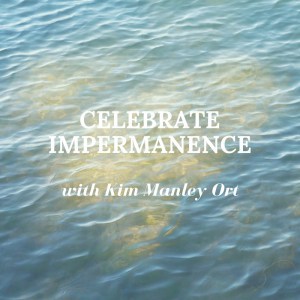 The course will consist of 15 days of emailed photographic prompts and inspiration in December. There will be no group, but you can share your responses with others through social media channels using the hashtag #celebrateimpermanence.
The course will consist of 15 days of emailed photographic prompts and inspiration in December. There will be no group, but you can share your responses with others through social media channels using the hashtag #celebrateimpermanence.
Here’s how it will work.
There will be 5 emails per week (Monday through Friday) for three weeks, beginning December 5th and ending December 23rd. The weekly topics will be: Time & Change (Week 1), Uncertainty & Loss (Week 2), and Celebration & Joy (Week 3). Each email will include a photograph, a themed quote (with link to corresponding article), and a photographic prompt. The cost is $15 USD.
If you’ve wanted to try a workshop with me, but are hesitant about joining a group, this is a chance to try something different. My goals for you in this course are to:
* Realize that longing for permanence is part of human nature.
* See that change means there is novelty and surprise and possibilities everywhere.
* Quit judging everything as good or bad and see the beauty in imperfection.
* Accept loss as part of life and practice resilience.
* Appreciate the value of grief.
* See each day as the gift it is, no matter what it brings.
If this sounds intriguing to you and you’re ready to sign up, you can do so right here. If you’d like to learn more, click here.



